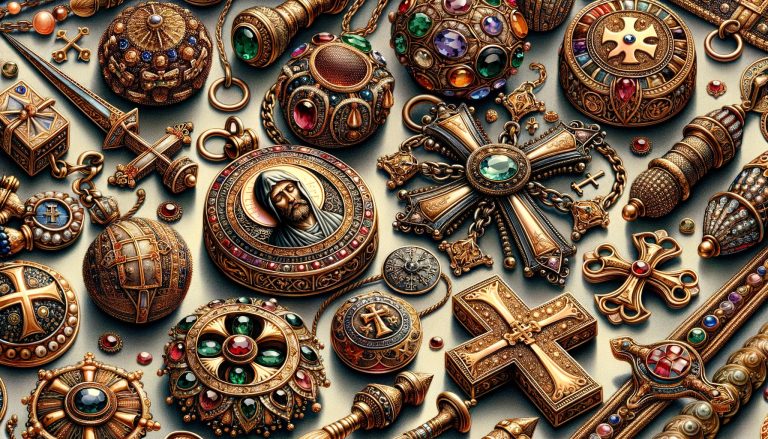The Renaissance Era: A Golden Age for Jewelry
The Renaissance era, spanning from the 14th to the 17th century, is often regarded as a pinnacle of human creativity and cultural rebirth. Marked by significant advancements in art, science, literature, and philosophy, this period also heralded what many consider …






